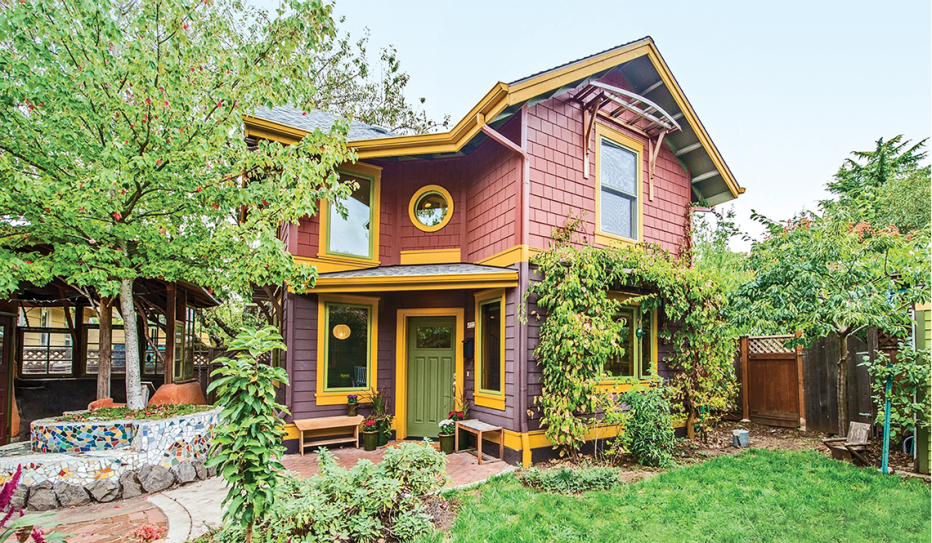AARP Hearing Center


There are more than 19,000 cities, 16,000 towns and 3,000 counties in the United States. Regulations about ADUs are typically written or adopted at the local government level.
Where it’s legal to build ADUs, homeowners still need to follow rules about where it can be done, how tall they can be, how many square feet they can contain, what they can look like and how they can be used. These rules can be found in the local zoning code.
Planning, Paying for an ADU
Most new homes are built by developers, entire subdivisions at a time. Apartments are also built by pros.
The vast majority of ADUs are created by homeowners..
An ADU may present the ultimate chance for a do-it-yourselfer to build his or her small dream home. More often, homeowners bring in a combination of architects, designers and construction contractors to do the work, much as they would for a home addition or major kitchen remodeling. The local municipality’s planning department can provide guidance on the rules for ADUs and information about what permits, utility connections and fees are involved.
ADUs aren’t cheap, and they are often the most significant home improvement project a homeowner will undertake.
Although internal ADUs can be built for about $50,000, new detached ADUs often exceed $150,000. Most ADUs are financed through some combination of savings, second mortgages, home equity lines of credit and/or funds from family members (perhaps a relative who ends up living in it).
In some areas, the cost of building an ADU can be recouped after a few years of renting it. If that’s the plan, it’s worth estimating the expenses versus the potential income before undertaking an ADU project.
A few cities, nonprofits and start-ups are experimenting with creative financing options that could put ADUs within reach for more homeowners and their families, as well as prospective renters.
Over the past few decades it has become clear that there’s a balance to strike between the strictness of ADU regulations and how often ADUs get built.
The state of Oregon requires cities and counties of certain sizes within urban growth boundaries to allow ADUs in all single-family neighborhoods. After Portland, Oregon, relaxed its ADU rules in 2010 and waived impact fees (a savings of up to $12,000), the number of ADUs built there increased from about 30 per year between 2000 and 2009 to practically one ADU a day in 2015.
In 2017, California required all of its cities and counties to allow ADUs so long as the property owner secured a building permit. The change allowed Los Angeles to achieve a dramatic increase in ADU interest, going from 80 permit applications in 2016 to nearly 2,000 in 2017. Mayor Eric Garcetti has touted ADUs as a “way for homeowners to play a big part in expanding our city’s housing stock and make some extra money while they’re at it.” Allowing both an ADU and a “Junior ADU,” or JADU — an interior ADU of 500 square feet or fewer — on properties in Sonoma County were among the urgent policies adopted in the wake of Northern California’s many devastating fires.
That same year, a New Hampshire law established that local zoning codes had to allow ADUs nearly everywhere single-family housing was permitted. The change stemmed in large part from the frustration of builders who couldn’t construct the type of amenities, such as backyard cottages and garage apartments, that their clients desired.




























































